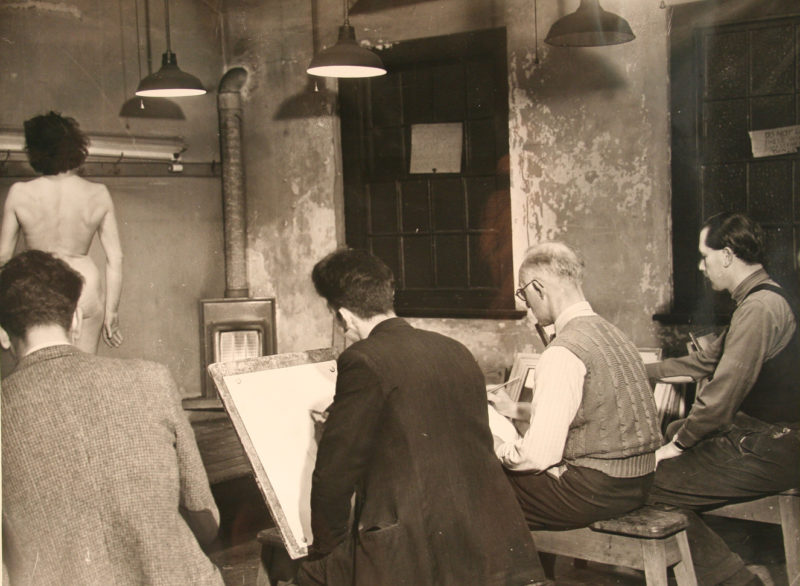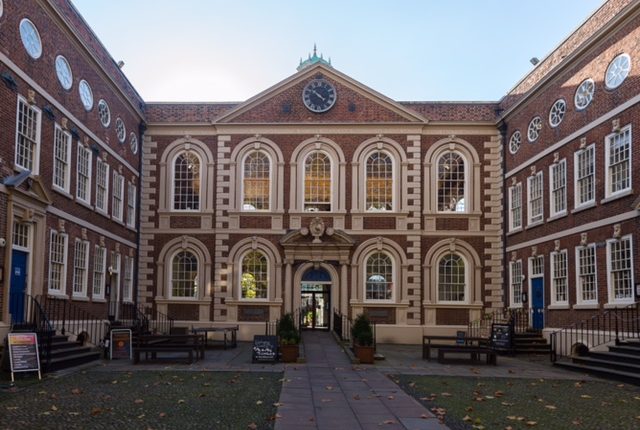City region firms secure deal to create digital archive of Liverpool’s 300-year-old Bluecoat
My Bluecoat is an archives collation, access and web-based engagement project that will catalogue and digitise a collection of historic materials and records. Tony McDonough reports.

Two city region digital firms will join forces to deliver a project to “highlight, share and celebrate” the heritage of Liverpool’s Bluecoat Chambers to mark the building’s 300th birthday in 2017.
My Bluecoat, funded by the Heritage Lottery Fund, is an archives collation, access and web-based engagement project that will catalogue and digitise a collection of historic materials and records.
The material is currently housed across three sites – Bluecoat, the Liverpool Blue Coat School (original occupier of the Grade I-listed building) and Liverpool Record Office.
New database
Liverpool-based marketing, design and digital agency Nonconform, and Runcorn IT services company Polymorph will deliver My Bluecoat.
They will enable 10,000 files to be made available to the public, revealing the incredible heritage of the building, which has been in continuous use since 1717, first as a charity school for nearly 200 years, then a centre for the arts for more than 100 years.
The two companies will work together to develop a database to house these digital archives, and the My Bluecoat website which will make these archives accessible to the public.
In addition to the existing archive, which charts the ‘official’ history, Bluecoat will commission around 30 ‘vignettes’, capturing the memories of a range of people with a special association to the building.
These will most likely be a mixture of oral histories and short, filmed interviews, with some animation.
‘Remarkable archive’
Jonny Biggs, Nonconform’s digital director, said “It’s an honour to be entrusted to work on such a significant project, one that is not just important for Bluecoat, but for the city of Liverpool and for all the artists, historians, researchers, academics and arts professionals around the world who will now be able to access this remarkable archive.”

Gavin Davenport, My Bluecoat project manager, added “My Bluecoat will identify and record the many layers of Bluecoat’s heritage: of the building itself, with its distinctive architecture, and its history as, first, a charity school for orphans in the 18th and 19th centuries, then as a nationally significant arts centre (the UK’s first) in the 20th century.
“As you can imagine, this is a complex project, and we’re determined to create something that will provide a genuinely engaging heritage experience. We also want this to live on and grow as a resource.
“What convinced us about the approach of Nonconform and Polymorph was their clear understanding of the need for specialist skills on both the visual and user experience elements and the need for a robust and scalable technical database solution.”
City’s cultural gem
Bluecoat is Liverpool’s centre for the contemporary arts, supporting and presenting visual art, music, dance, live art and literature.
The most historic building in Liverpool city centre, Bluecoat has four galleries and a variety of performance spaces.
It is also home to over 30 arts organisations and individuals including visual artists, graphic designers, crafts people, dancers, theatre companies and printmakers.

Among its retail spaces are Probe Records, Liverpool’s longest running seller of vinyl, founded in 1971.
Dating from the early 18th century, the building’s architectural importance is illuminated by its UNESCO world heritage and Grade I-listed status.
It is the UK’s oldest arts centre, with a rich artistic history; early exhibitions include the first showing of the Post Impressionists alongside their UK peers in 1911.

